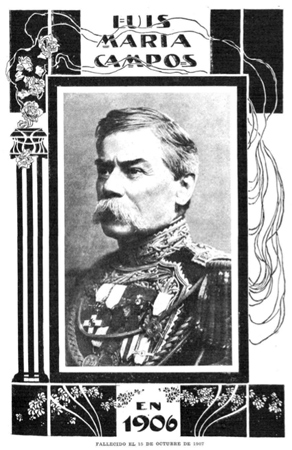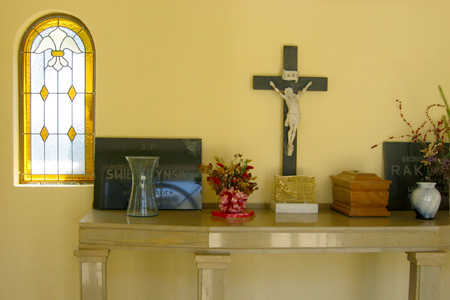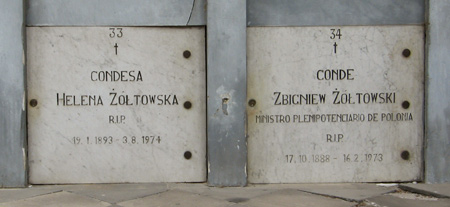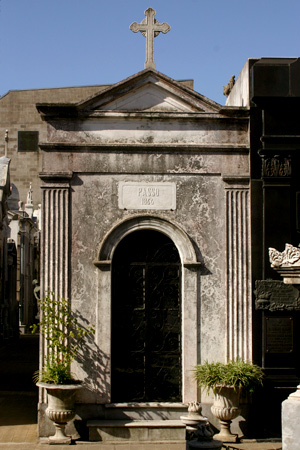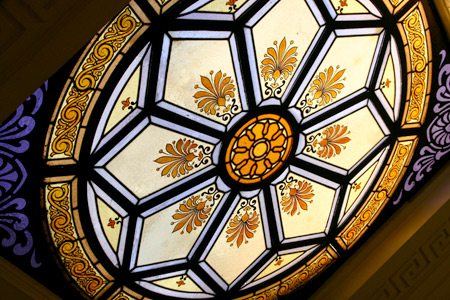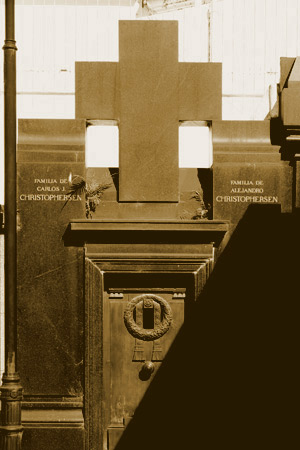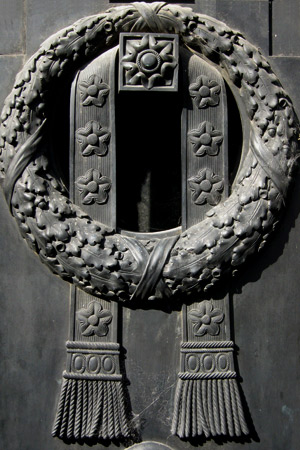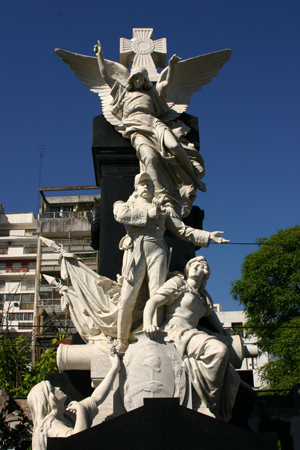
Lots of important people built their mausoleums along the cemetery’s outer walls… or at least lots of people with delusions of grandeur. Prior to the days of high-rise apartments, these were some of the best spots. And given the open views, it’s understandable that many families got carried away with size & decoration.
The Campos family dedicated themselves to military service & Luis María founded the War College (Escuela Superior de Guerra) in 1900. But in spite of Luis María’s historical merit, the mausoleum is one of the finest in the cemetery. Big & bold with lots of symbolism, Jules Félix Coutan, the head sculptor of the Paris School of Fine Arts at the beginning of the 20th century, created this work of art. Coutan had already designed & decorated several important buildings in Paris… so in a sense, Campos brought a piece of that city to Buenos Aires. Coutan’s signature is visible on the lower left:
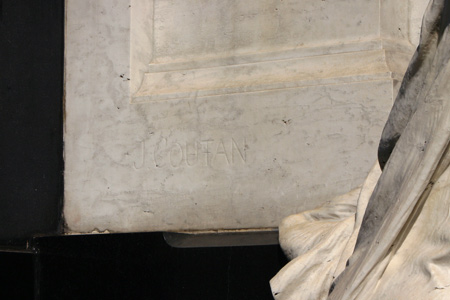
Luis María Campos stands with his sword to his heart while an angel beckons him to join her above. One thing that makes this sculpture unique is that Campos is supposedly so great, he towers over Argentina. The figure of a woman sitting at his feet supporting a shield is meant to represent the nation. Country should be more important, but the upper class usually has a very different view of what’s appropriate:
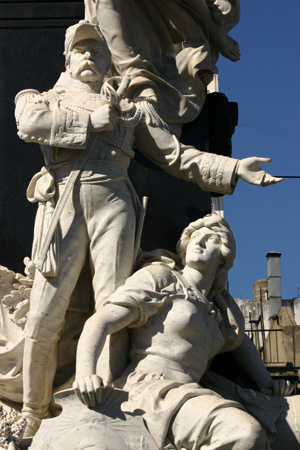
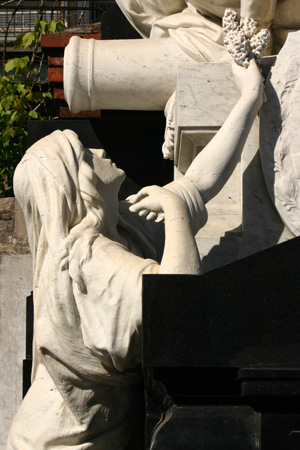
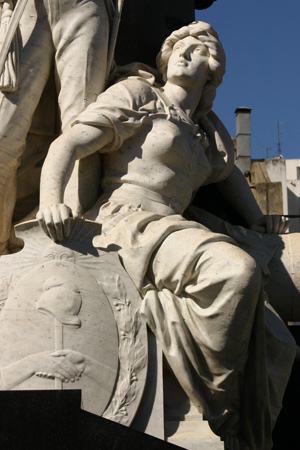
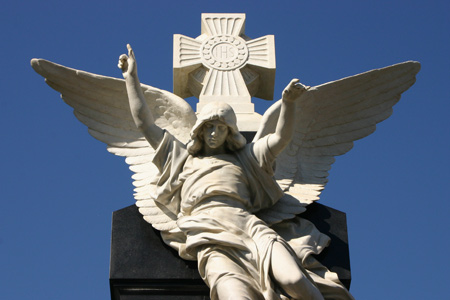
The Escuela Superior de Guerra can be found in Buenos Aires at the 400 block of the avenue which bears his name… with another statue of himself:

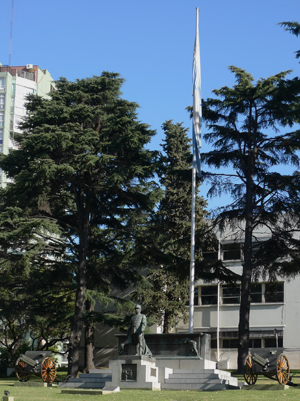
Update (10 Apr 2013): Incredible Art Nouveau image found in Campos’ obituary in society magazine Caras y Caretas (Año X, 19 Oct 1907, No. 472, page 52):
